The Faroe Islands, an archipelago nestled in the heart of the North Atlantic, are home to some of the most resilient and picturesque architecture in the world. Among these, the traditional grass-roofed houses stand as a testament to the islanders' ability to harmonize with nature while enduring the relentless forces of the ocean's storms. These structures, with their vibrant green roofs, are more than just a visual hallmark—they are a symbol of warmth and perseverance in one of the planet's most unforgiving climates.
Walking through the villages of the Faroe Islands, one cannot help but be struck by the seamless blend of human habitation and the wild landscape. The grass roofs, often dotted with wildflowers in the summer, appear as natural extensions of the surrounding hills. This is no accident. For centuries, Faroese builders have utilized locally sourced materials to create homes that are both sturdy and sustainable. The thick layers of turf provide exceptional insulation, keeping the interiors warm during the long, harsh winters and cool in the brief summers. In a place where the weather can shift from tranquil to tempestuous in mere moments, such practicality is not just preferable—it is essential for survival.
The construction of these roofs is a labor-intensive process, passed down through generations. A typical grass roof begins with a layer of wooden planks, followed by birch bark for waterproofing. On top of this, sod is carefully laid, often in two layers, with the grass side facing downward in the lower layer and upward in the top layer. This double layer ensures proper drainage and prevents the weight of the turf from causing the roof to sag. The roots of the grass eventually intertwine, creating a dense, living mat that can withstand the fierce winds and driving rain that frequently batter the islands.
But the grass roofs are more than just practical solutions to climatic challenges. They are deeply woven into the cultural identity of the Faroese people. In a land where the sea dominates life, the green roofs serve as a reminder of the earth's nurturing presence. Sheep, which roam freely across the islands, often graze on these roofs, further embedding the structures into the natural cycle of life. The sight of a flock of sheep nibbling on a cottage’s roof is as much a part of the Faroe Islands as the sound of crashing waves or the cry of seabirds overhead.
Living under a grass roof is an experience unlike any other. Residents speak of the quiet comfort it provides—the way it muffles the howling winds and the rhythmic patter of rain. There is a sense of being cradled by the land itself, a feeling of security amidst the chaos of the North Atlantic. In winter, when storms rage for days on end, the thick turf acts as a barrier against the cold, while in summer, it keeps the heat at bay. The roofs also contribute to the islands' unique microclimate, absorbing carbon dioxide and releasing oxygen, much like the surrounding meadows.
Yet, maintaining these roofs is no small feat. They require regular care, including trimming the grass and replacing sections of turf as needed. Modernization has brought alternatives like corrugated metal and asphalt, but many Faroese still prefer the traditional grass roofs, not just for their aesthetic appeal but for their connection to heritage. In recent years, there has been a resurgence of interest in these ancient building techniques, with younger generations taking up the craft to preserve this piece of their ancestry.
The grass-roofed houses of the Faroe Islands are more than architectural curiosities—they are a living dialogue between humanity and nature. They tell a story of adaptation, resilience, and respect for the environment. In a world increasingly dominated by concrete and steel, these homes stand as a quiet rebellion, a declaration that some traditions are worth holding onto, not just for their beauty, but for the wisdom they carry. As long as the North Atlantic winds continue to blow, the grass roofs will remain, a warm embrace in the midst of the storm.
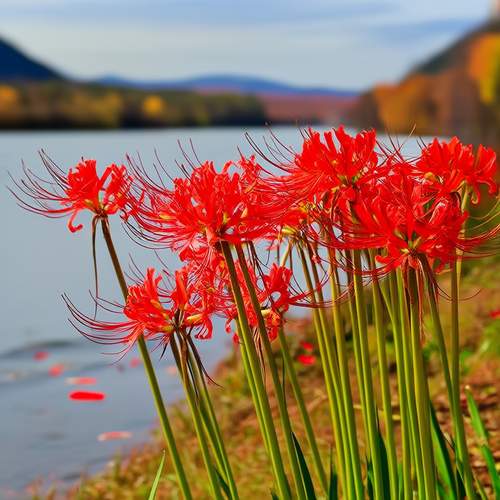
By /May 21, 2025
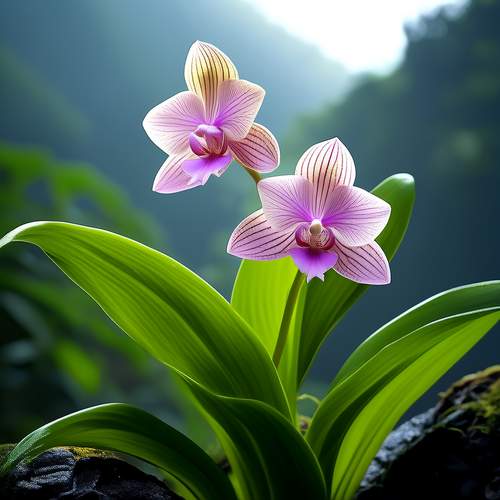
By /May 21, 2025
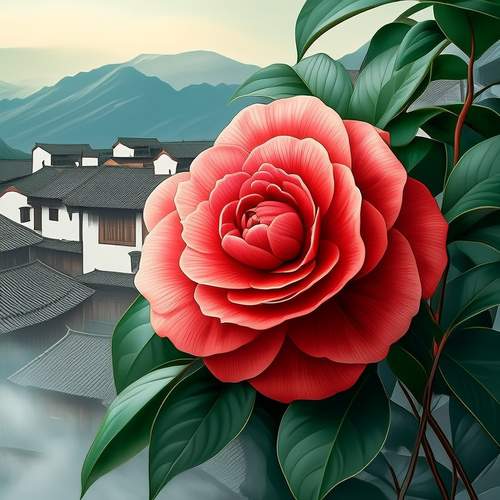
By /May 21, 2025

By Benjamin Evans/May 20, 2025
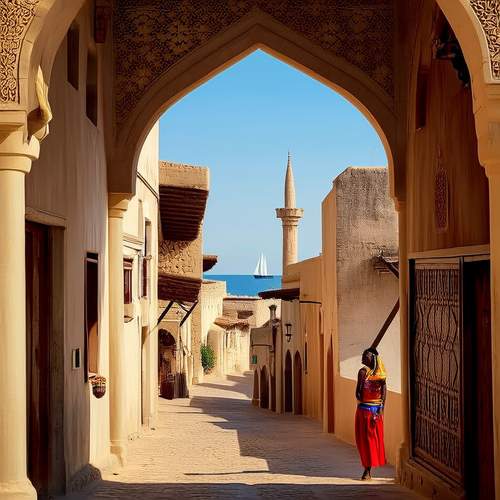
By /May 11, 2025
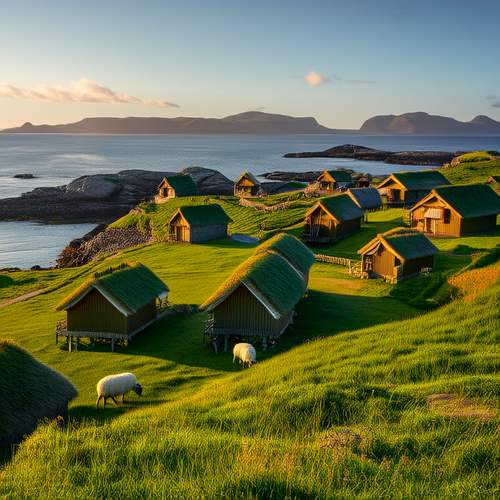
By /May 11, 2025
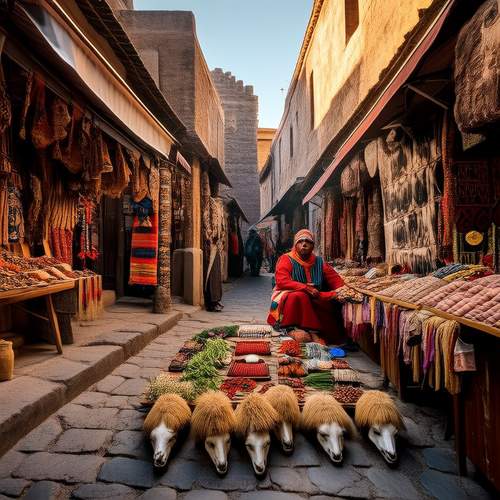
By /May 11, 2025
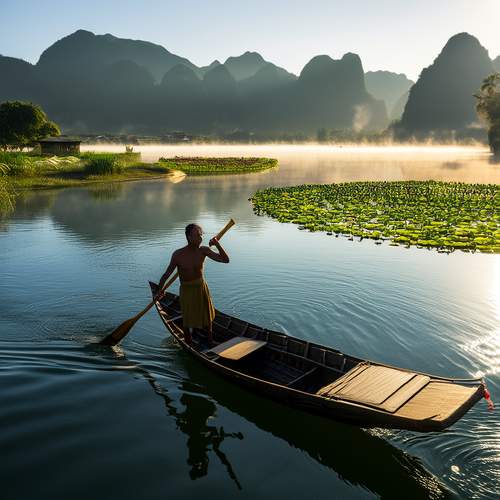
By /May 11, 2025
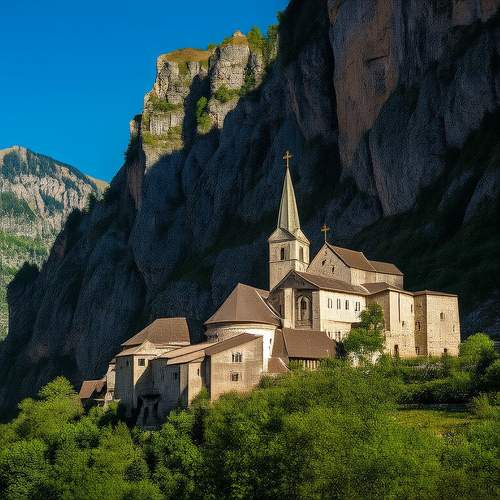
By /May 11, 2025

By /May 11, 2025
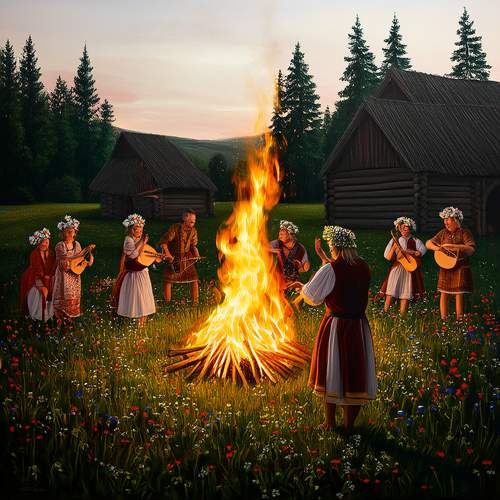
By /May 11, 2025
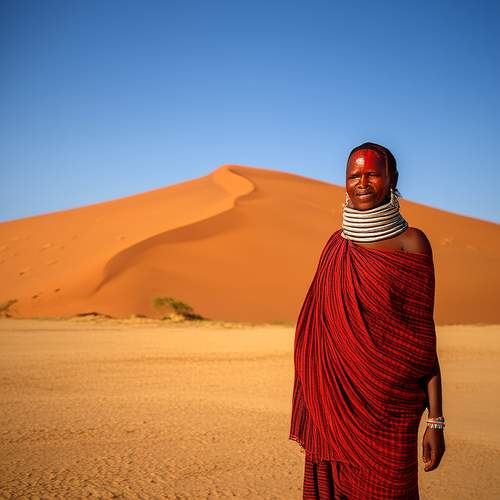
By /May 11, 2025
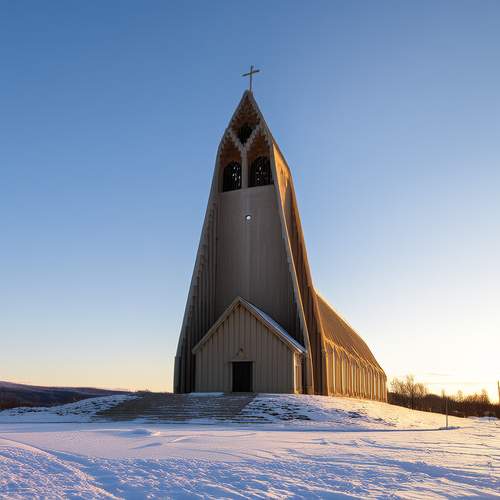
By /May 11, 2025
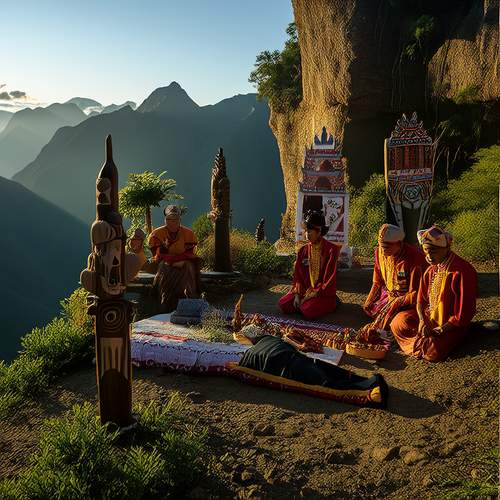
By /May 11, 2025

By /May 11, 2025
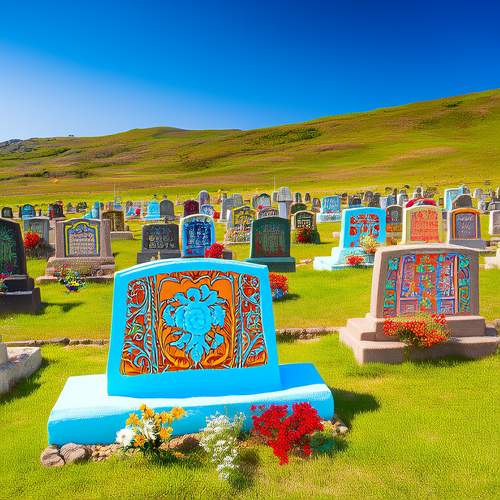
By /May 11, 2025
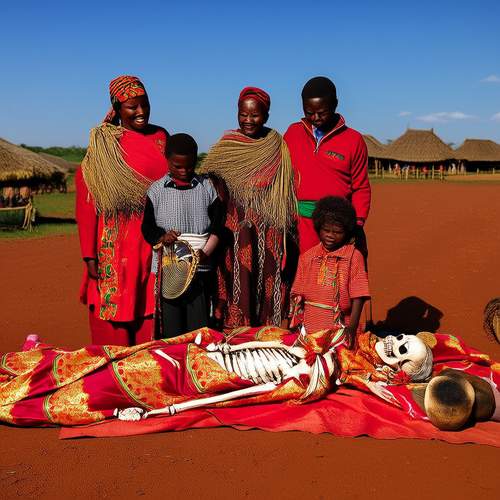
By /May 11, 2025
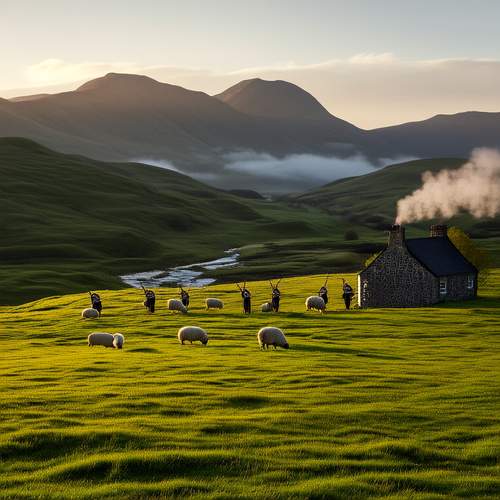
By /May 11, 2025
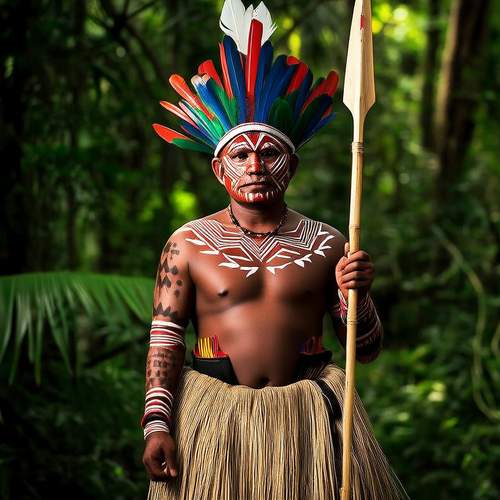
By /May 11, 2025
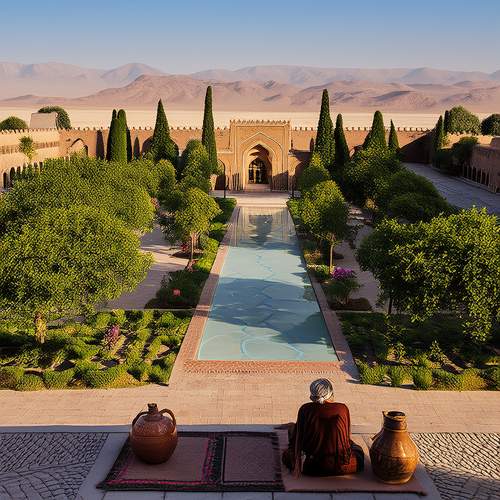
By /May 11, 2025